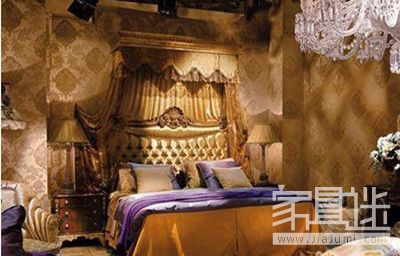Italy is the cradle of European art, the birthplace of the Renaissance, and a hotbed of modern art genre. After the Second World War, the development of Italian design was called the "modern Renaissance", which had a huge impact on the design world.

In the history of the world's modern art design development in the 20th century, Italy is the birthplace of a constantly innovative design style. The Italian design school, which has risen rapidly and soared, is a holistic design culture that integrates with products and clothing. Among the design fields of automobiles, office supplies and furniture. This design culture is rooted in Italy's long and rich artistic tradition and reflects the creative thinking and artistic talent of the Italian nation. The worldwide influence of Italian design is through product designers such as Maecello Nizzolil, Gio Ponti and Colombo in the 1950s and 1960s, as well as Olivetti and Famous brand companies such as Cassina, design magazines such as Domus, international exhibitions such as the Milan Trienna and the Milan Furniture Fair, and various art and design publications. The spread is established. In general, the Italian modern design school is characterized by its unique style and personality due to formal innovation.
After World War II, industrial and social changes denied the glory and absurdity of Italian fascism and paved the way for the development of design. Italy ended its 25-year isolation from the outside world, began to understand the cultures of various countries, and studied German Bauhaus, Nordic functionalism and American commercial design. From the perspective of world design history, “Italian Design†emerged as a proper noun for special styles and established a worldwide reputation after 1945, when Italians called “reconstructionâ€, 20th Century 50 Italian furniture design began to show an active atmosphere. Because there are many small handicraft factories in Italy, a group of architects began to turn to furniture design. Many designers combined with specific manufacturers have created a vital marriage between industry and art. In the design of furniture, they mainly reflect the overall aesthetic style and artistic style of the architectural space, forming a furniture industry with Italian characteristics. The styling of Italian design in the 1950s was the so-called contemporary “organic†sculptural design, which combined with the new metal and plastic production techniques to create a unique aesthetic. This aesthetic is clearly influenced by the British sculptor Moore and the American "organic design." In the mid-1950s, modern Italian design styles were initially established. In 1953, the Italian "Industrial Design" magazine was founded. In 1956, the Industrial Designers Association was established. At this time, the "Milan Triennial" was also a great success, which greatly promoted Italian design. Since then, Italian design has been presented in an exciting form. The first meeting of the International Industrial Design Association in 1961 was held in Venice, Italy. Since the 1960s, industrial designers have increasingly turned to consumer goods production, and architects have turned to product design and formed professional groups and associations.

This process achieved outstanding results in the 1960s and was called "Italian Design Miracle", marking Italy's return to Europe and the Western world as a major economic force. Scandinavian functionalist design style and American organic design style are the main leaders of the world design trend since the end of World War II. The Italians used their model to rebuild their design industry and determined the industrial design policy after World War II. Since the 1960s, plastics and advanced molding techniques have enabled Italy to create a more individualistic and expressive style. In 1965, “Italian Interior Landscape†became a famous furniture and interior design genre, and a large number of architects and designers began to explore modern family life issues.
Italian furniture design began to rise in the 1950s. In the 1960s, it became one of the two major design schools active in the world design arena, and the Nordic design school is equally divided. In the 1960s and 1970s, Italian furniture design was far ahead. The “radical design†led by famous design master Ettore Sottsass shocked the world design industry after entering the 1980s. The fourth and fifth The Italian designer again extended the Italian design dominance to the 21st century.
We have many different kinds of Empty Eyeshadow Case.
|
MOQ |
12.000pcs |
|
Delivery time |
50-55days |
|
Material |
AS,ABS |
|
Pan size |
/ |
|
color |
Injection color,spray coating color and UV metalizing color |
|
logo |
Silk screan and hot staping |
|
Packing |
paper carton |
|
Place of Origin |
Zhejiang |
We promise out standing service tailored to meet your demands. Our products are favored by many customers all over the world and are sold in Europe, North America, South America and Asia.
We are looking forward to your E-mail and establishing cooperative relationship with you! We would provide professional Square Cosmetic Compact with good services for you!
Empty Eyeshadow Case
Empty Eyeshadow Container,Plastic Eyeshadow Case,Empty Eyeshadow Packaging,Empty Eyeshadow Case
ims Packaging Limited , https://www.ims-cosmetic-packaging.com